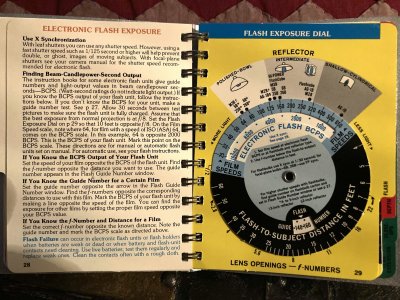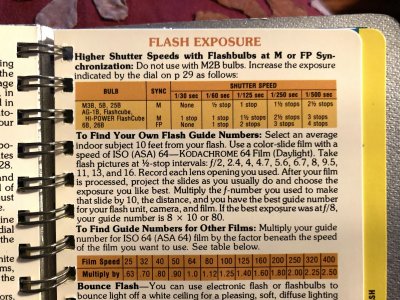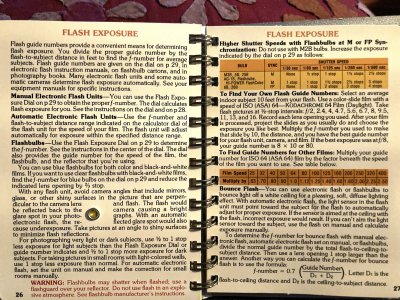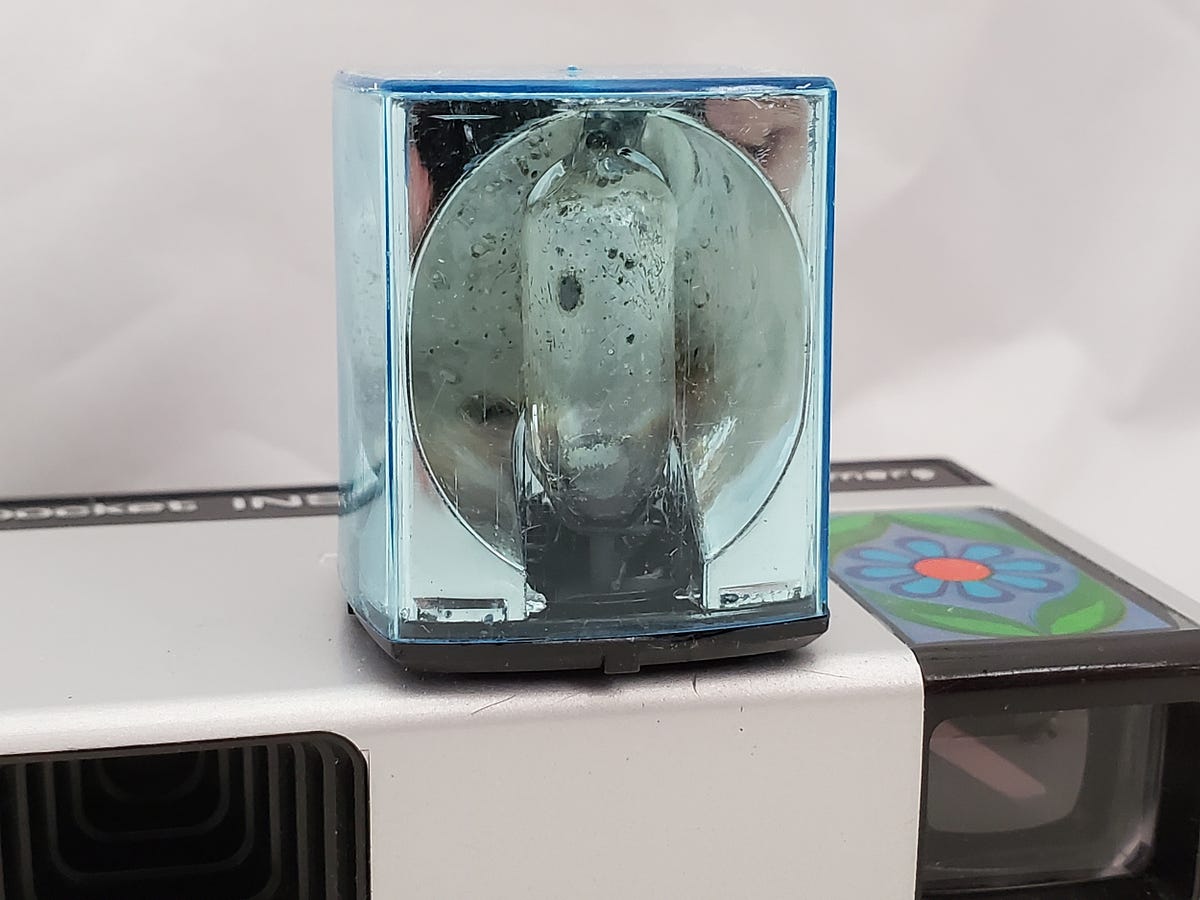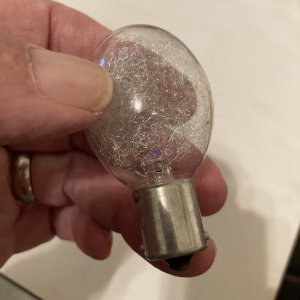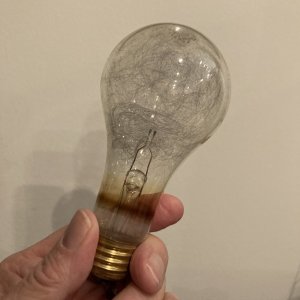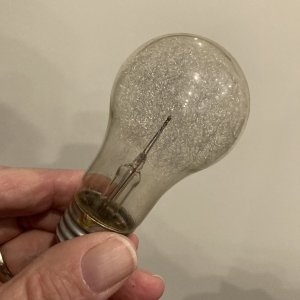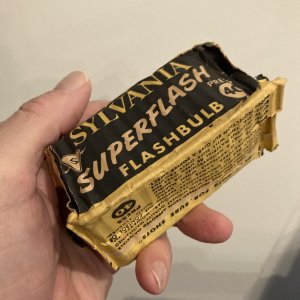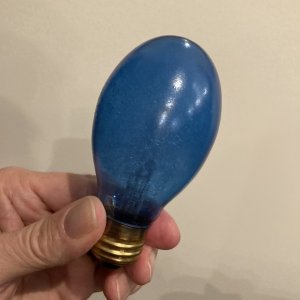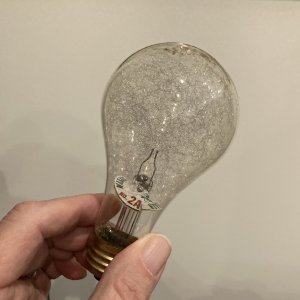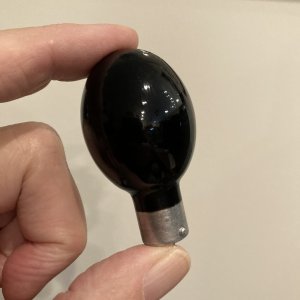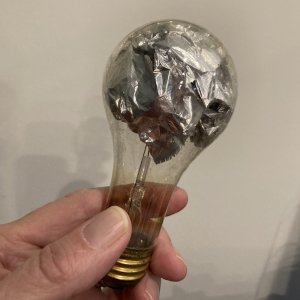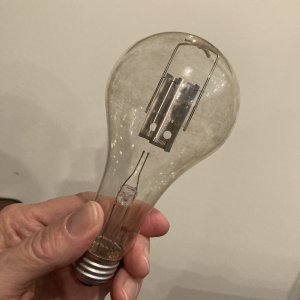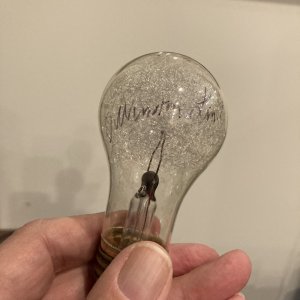Coldkennels
Barnack-toting Brit.
Let me start this post by putting my hands up and saying I've never once fired a flash bulb. I've only ever known electronic flash - and frankly, I've never really liked the look of electronic flash, and no amount of soft boxes and bounce flashes can change that for me.
Despite that, I've owned a Leica IIIf for well over a decade at this point and the flash sync dial has always got me curious. Having accidentally obtained a basic bulb flashgun (an Zeiss Ikoblitz 4), I thought I'd give bulbs a go and see if I'm happier with the results; as such, these turned up this morning:

According to data I've found on the internet (Philips Flashbulb Data - Cress Photo - Flashbulbs.com), these should have the same burn time/peak as the PF45 - which helpfully is listed in the supplementary instructions for the black dial IIIf (https://www.cameramanuals.org/leica_pdf/leica_iiif_supplementary.pdf), so I have the sync settings I need.
My question now is exposure; I understand how guide numbers work when you have them (divide the GN by the distance to subject to get the aperture), but the guide numbers on the back of the box for these bulbs only run from 1/50 to 1/500:
Is there a way to figure out the missing numbers? I'd assume you just open up or stop down 1 stop from the last known measurement (e.g. if it's f/11 at 1/500, f/16 at 1/1000 should do), but I wanted to check I wasn't missing something.
Similarly, the listed speeds stop at 200 ISO; I'd also assume I can just close down the aperture one stop if I was shooting a 400 ISO film?
The other question I have relates to focal length. With every electronic flash I've used, you need to take into account coverage; the standard head position and guide numbers only really apply for 50mm. Is that also true with bulb flashes, or will these things cover wide-angle lenses without any additional considerations?
Despite that, I've owned a Leica IIIf for well over a decade at this point and the flash sync dial has always got me curious. Having accidentally obtained a basic bulb flashgun (an Zeiss Ikoblitz 4), I thought I'd give bulbs a go and see if I'm happier with the results; as such, these turned up this morning:

According to data I've found on the internet (Philips Flashbulb Data - Cress Photo - Flashbulbs.com), these should have the same burn time/peak as the PF45 - which helpfully is listed in the supplementary instructions for the black dial IIIf (https://www.cameramanuals.org/leica_pdf/leica_iiif_supplementary.pdf), so I have the sync settings I need.
My question now is exposure; I understand how guide numbers work when you have them (divide the GN by the distance to subject to get the aperture), but the guide numbers on the back of the box for these bulbs only run from 1/50 to 1/500:
| Shutter | Sync | GN (m, 100ISO) | GN (ft, 100ISO) |
|---|---|---|---|
| 1/30 | 20 | ? | ? |
| 1/40 | 15 | ? | ? |
| 1/60 | 11 | 38 | 124 |
| 1/100 | 7.5 | 26 | 88 |
| 1/200 | 5 | 18 | 58 |
| 1/500 | 4 | 13 | 44 |
| 1/1000 | 3 | ? | ? |
Is there a way to figure out the missing numbers? I'd assume you just open up or stop down 1 stop from the last known measurement (e.g. if it's f/11 at 1/500, f/16 at 1/1000 should do), but I wanted to check I wasn't missing something.
Similarly, the listed speeds stop at 200 ISO; I'd also assume I can just close down the aperture one stop if I was shooting a 400 ISO film?
The other question I have relates to focal length. With every electronic flash I've used, you need to take into account coverage; the standard head position and guide numbers only really apply for 50mm. Is that also true with bulb flashes, or will these things cover wide-angle lenses without any additional considerations?



